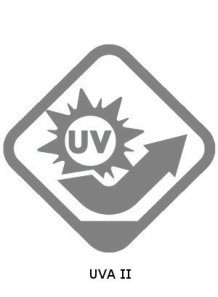Bisdisulizole Disodium (DPDT) (UVA/Water-Soluble)
Cosmetics
Code: 2233
The only water-soluble sunscreen that can block UVA light (in the UVA-II range), can block UV waves in the 280-370nm range.
Cart
No products
Subtotal:
0.00
Total
0.00
THB



